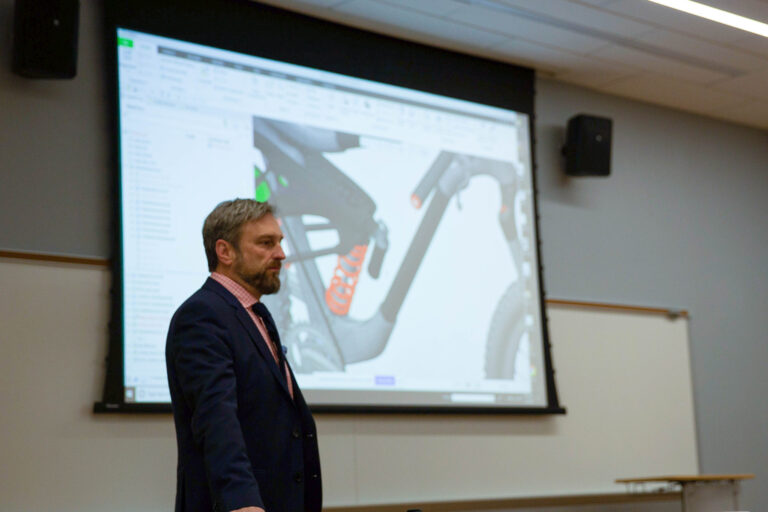Reach Out and contact us
Contact our team to help you with your next product development challenge or any of your company's training needs.
Tell us about yourself

We believe that design & engineering can keep us connected while inspiring creativity and innovation, even if we are in different time zones. Remote training is a great way of attaining new skills to impact the changing landscape of the world while staying healthy and safe. Contact us and let us help you to work smarter, not harder.
Our team is skilled in mechanical part design for manufacturing in SOLIDWORKS & Creo and engineering assembly accommodation. We provide manufacturing specification drawing packages, part data delivery, communication, and support for our clients as their product moves into production tooling so reach out to us today!
